This year we were faced with a challenge for the CQ WPX SSB contest, as the clubhouse has been off limits to prevent potential spread of the SARS-CoV-2 virus. Before the lockdown, however, some members did not hesitate to borrow some equipment for getting up and running on HF elsewhere. Because of this, some of us were able to participate in the contest from home, attributing points towards the club while using personal callsigns.
LB1HH’s Hillside Home
Living in a homeshare on the hillside to the west of town, Frode (LB1HH) had a few considerations to deal with when it came to putting up any sort of antenna. It was decided early on that it was easiest to use a personal rig (a Yaesu FT-757GX), with an already existing 20M dipole. The dipole was chosen in particular as it being easy to mount and dismount without worrying the landlord too much. The problem, however, turned out to be that the hillside is very steep, and the only practical place a dipole could be mounted was over the lawn right in front of the house. This gave some less favorable conditions for reaching Europe in general, but the potential was there for the occasional DX with Greenland, Northern Asia, Alaska and Northern Canada.

In preparing for the contest, something was wrong with the antenna. After a bit of back and forth, some new batteries in a multimeter, it quickly became apparent that there was a broken connection from the common-mode choke to one of the dipole elements. This particular choke was a bit of a hackjob, and was never really fixed up to be used in the long-term. A bit of work later, and it made connection despite not having all the necessary equipment on hand to permanently fix it. To be safe, the SWR meter was closely monitored during operation.
When contest day came around, we were gifted with the surprises the Trondheim weather has to offer. This time around it was a considerable amount of snow — in the end of march — in other words business as usual… The antenna had been put up the night before, so the weather didn’t pose any complications except for maybe attenuating the radio-waves a tiny bit every now and then. The original plan was to sit outside with the radio, but due to the weather that was not very tempting anymore. The coax was instead led into the house where the radio would be safe from the elements.
The first day of the contest, LB1HH was a little bit late to get started, and nothing was worked before the start of the afternoon. Conditions were nice, but as expected only the strongest contest-stations were heard. Most of them were (no surprises) in Russia and Eastern Europe, as well as a strong local LC-prefix station across the fjord. After a bit of trying, it was possible to get through to most of them on 100W. One DX from Canada came through over greyline around sunset, but otherwise the rest of the 18 QSOs were within Europe.
A problem that became apparent during the first day, was that few stations other than the handful of strong Eastern-European contest stations could be heard with the antenna-setup during daytime. It was therefore decided to try out the morning-greyline the second day. This made a considerable difference. Several Asiatic Russian stations were worked, as well as a Japanese station. In total 10 DX QSOs. After a few hours the band returned to the same state as the day before, with few new stations. In all, an additional 5 European stations were worked during daytime.
All in all, 33 QSO total, with a third of them being DX. 1815 points. Not great, but considering the circumstances with the antenna, not too bad either.
LB4FI’s Portable Adventures
On the other side of town, Ola (LB4FI) was setting up with the club’s portable rig. This is a lightweight setup which is intended for ease of transportation, and LB4FI used the oppertunity to go for a hike in the snow. His main motivation for this was that he lives in a more central part of the city, and is troubled with a very high noise-floor at his residence. As the portable-rig relies on batteries that needs recharging every once in a while, the hike could not be far from town. Luckily, the city is surrounded by big forests and you don’t have to walk too far away from the city center to get into the wild.
The carefully chosen location was Fuglmyra. Being a bog, its flat and open surface should be great for the vertical. It’s a 30-45 minute walk out of town, and because of the snow most equipment could easily be hauled along on a pulk. For extra comfort, a reindeer skin and a tent was also packed along with standard winter-hiking and radio equipment. (A “pulk” is a kind of low sled used to transport larger lots over snow.)
After reaching the destination, the first task was to use a shovel to prepare the snow for the tent. After the tent was secured, it was time for mounting the vertical and tuner. Finally, it was time to fire up the radio and tune up. Logging was done using pen and paper.



Operating in varying conditions can be a challenge
By limiting the output power some, the batteries usually last for a little over an hour each. A trip therefore yields 3-4 hours of radio time. When the batteries were out, LB4FI had to return home to charge them before preparing for a new trip.
Over the course of three trips, the log showed a total of 30 QSO and 1102 points.
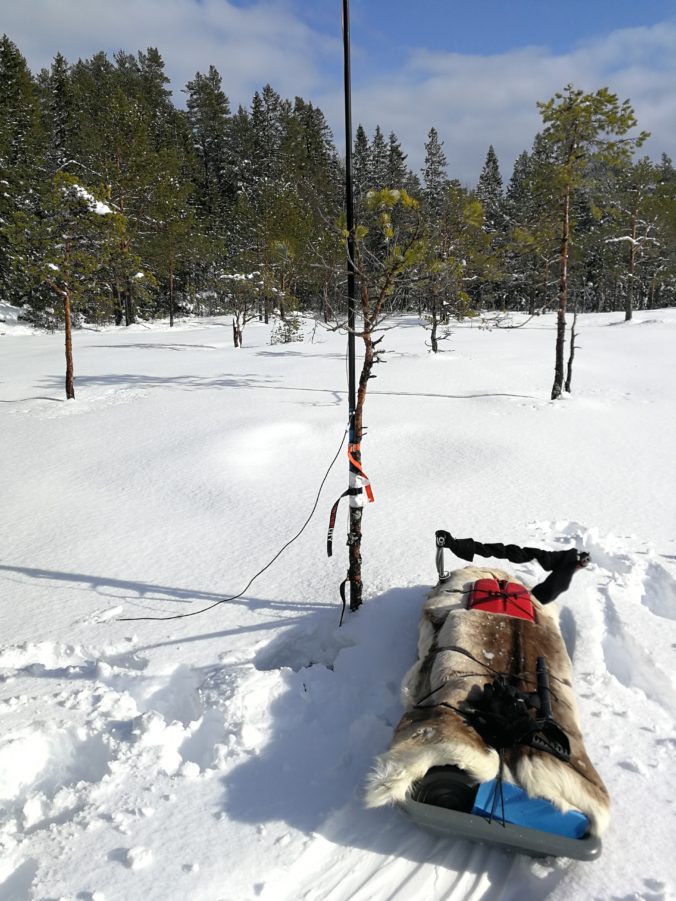

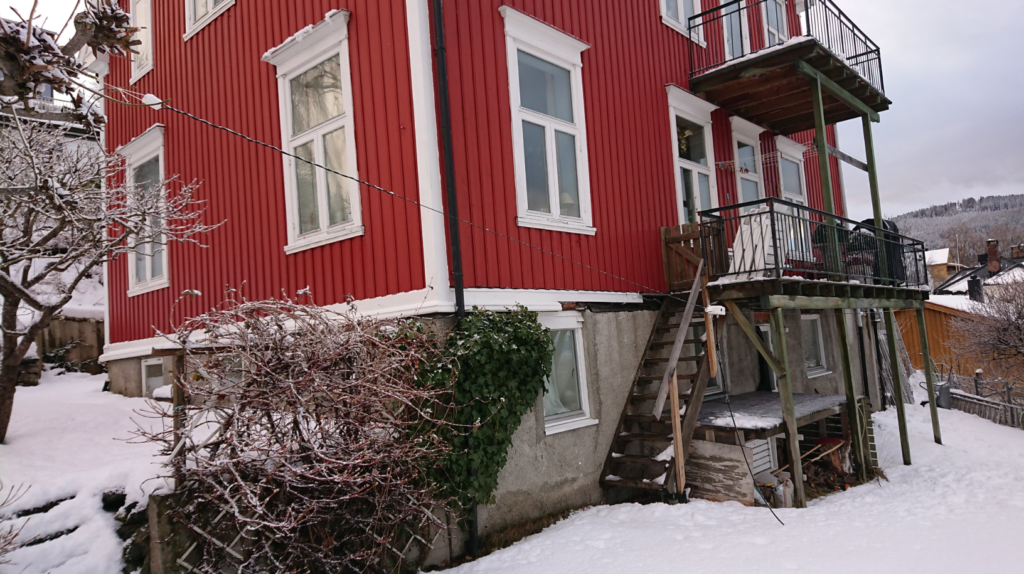
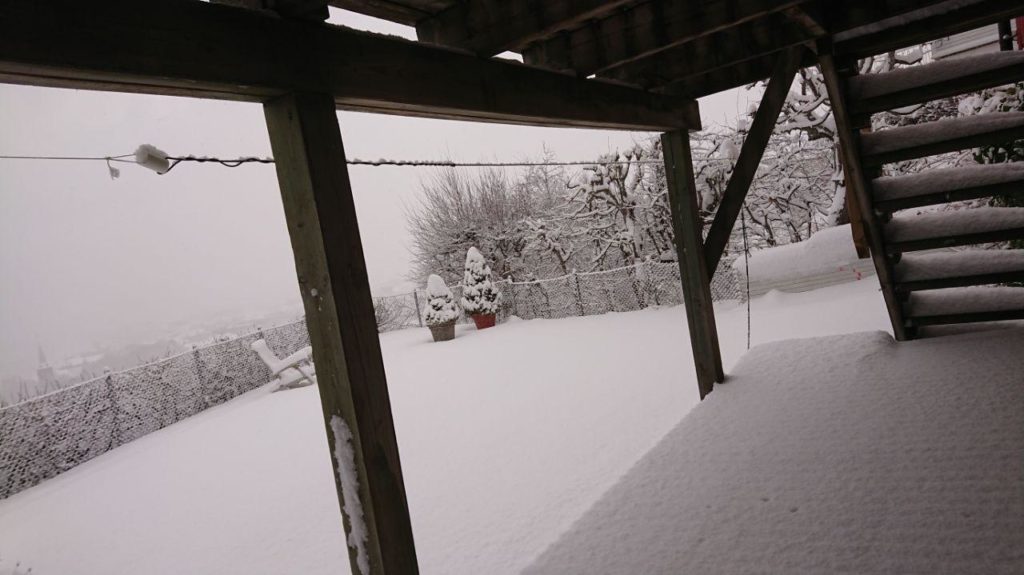

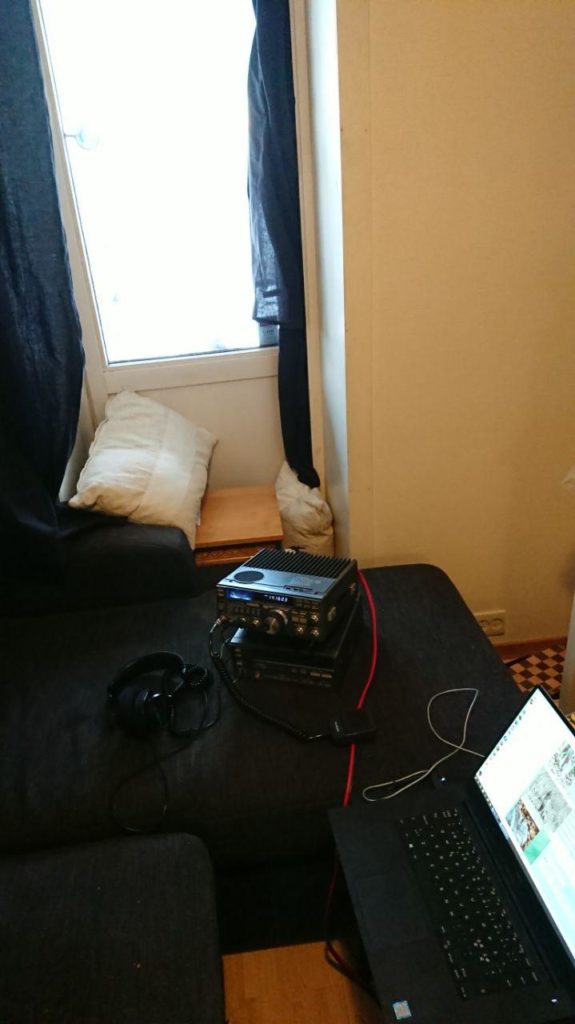
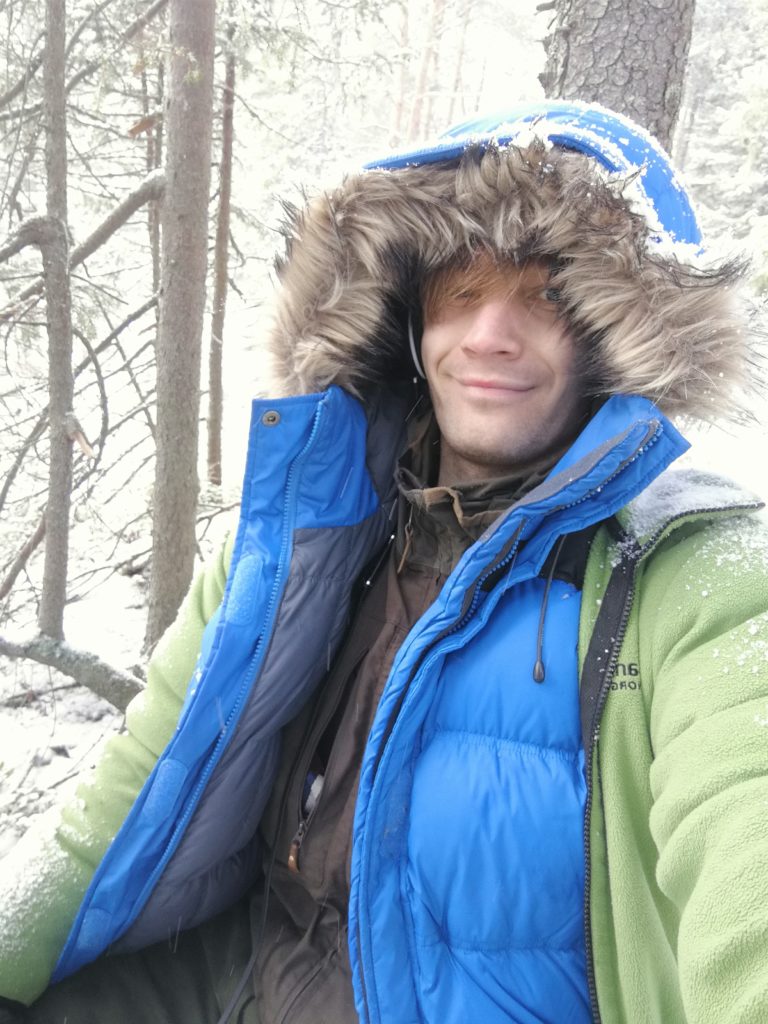


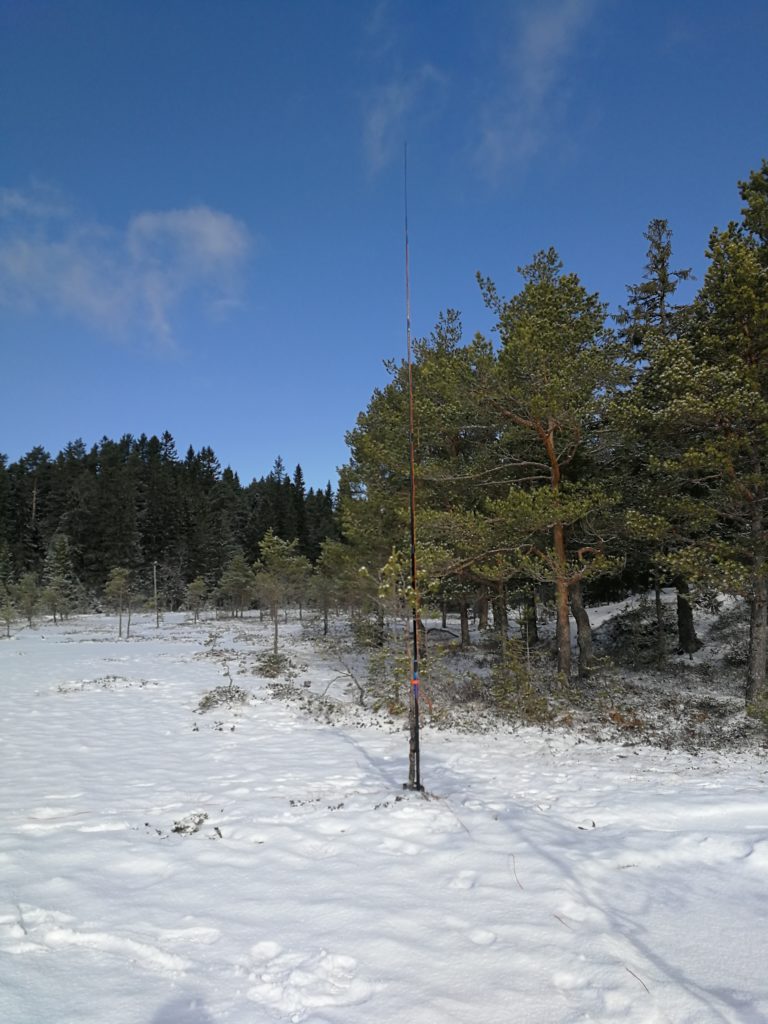


Leave a Reply